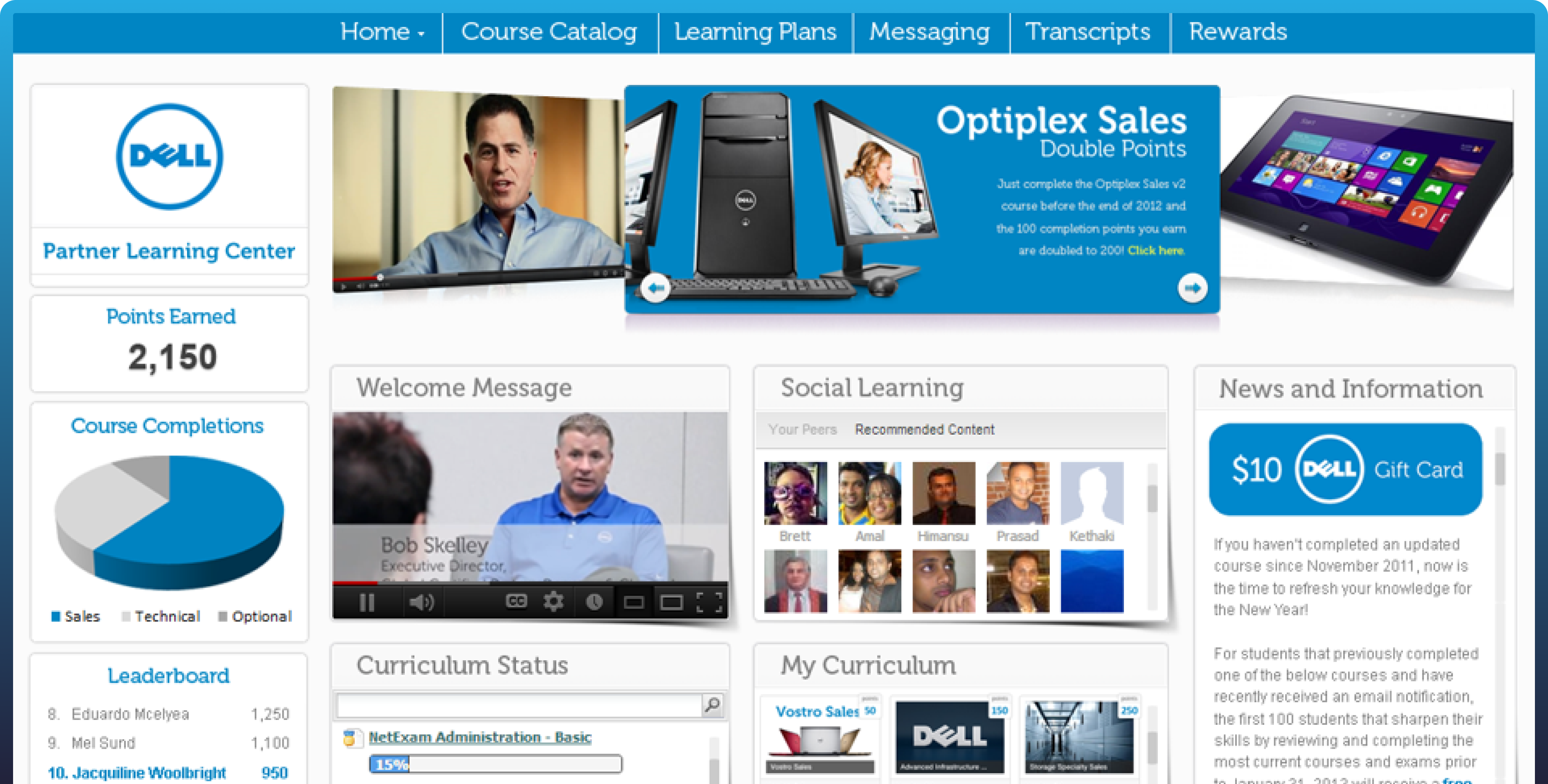Customer Education ROI Metrics: From Insight to Action
By John Leh and Brett Strauss
EDITOR’S NOTE: This Customer Ed Nuggets content has been adapted and published with permission from the Talented Learning blog.
As a customer education leader, you have the freedom to select from a wide array of ROI metrics, that will give you clear measures and validation of your program’s effectiveness. This paves the way for getting more funding to bolster and broaden your initiatives, and positioning customer education as a pivotal profit center.
Conversely, employee education often grapples with inflexible, mandatory training content, posing difficulties in demonstrating its influence on the organization’s financial performance. It’s akin to navigating a maze, where illustrating the correlation between content consumption and the bottom line proves elusive, moving employee education to the realm of a cost center.
Why does customer education enjoy such an advantage?
The vast majority of customer and prospect data resides in an organization’s CRM. Fortunately, combining that CRM data with customer education data is a fairly straightforward process. As a result, it’s relatively easy to assign learners to groups so you can compare, contrast and analyze training outcomes and related business impact. No wonder so many customer education professionals recognize the strategic value of ROI metrics.
But what exactly should your organization measure? Which metrics are most important to use? Which are easiest to apply? Where should customer education professionals start? Find out in this fifth episode of Customer Ed Nuggets podcast!
To learn about 16 ROI metrics for key stages of the customer lifecycle, keep reading. Or to learn about three core must-have metrics for all customer education organizations, watch the video above
Demystifying Customer Education ROI
While numerous ROI metrics can correlate customer education efforts with business performance, each organization has unique priorities. These priorities should serve as the compass guiding the selection and application of ROI metrics, ensuring alignment with specific organizational objectives and strategies.
Typically, organizations start with whatever is easiest to measure. Then, as they resolve common learning analytics challenges, their efforts become more strategic over time.
I’ve found the best way to think about customer education measurement is through the lens of the customer lifecycle. Each stage in this journey calls for different ROI metrics as the customer experience evolves. In addition, each department (marketing, sales, customer support, customer service) owns distinct aspects of the customer relationship, and their performance is judged by different ROI metrics.
For example, here are some popular metrics for four key stages in the customer lifecycle:
1. Attracting Prospective Customers
Do you provide the market with information that entices, educates, and converts prospects into customers?
- Lead-to-customer conversion rate — Measure conversions as contacts move from unknown, to known, to free trial, to sign-up. Is attrition decreasing between each level?
- Volume of educated qualified leads — Better-educated leads buy better, with less proactive help from sales staff. They also experience less after-purchase regret. What is your benchmark?
- Sales cycle length — How long do your prospects tend to remain in the sales pipeline? Is this time interval decreasing?
- Size of initial purchase — Among your new customers, what is the average initial sale value? Is it increasing?
2. Onboarding New Customers
Are new customers succeeding with a personalized, adaptive learning plans?
- Completion rates — Are learners finding value in the content and connecting it with success?
- Time-to-value — How quickly do your clients see full value from their investment? Is this decreasing?
- Support call volume — Are lengthy, expensive support calls decreasing?
- Support call resolution time — When calls do happen, do you resolve them more quickly, on average?
3. Retaining Customers
Are you decreasing customer churn by driving product adoption with new, updated, or complementary features or products?
- Customer Satisfaction Score (CSAT) — How happy are your customers?
- Retention or renewal rate — Are you driving down customer churn and increasing renewals?
- Upsell or cross-sell opportunities — How effectively are you expanding customer share of wallet or lifetime value?
- Net Promoter Score (NPS) — How likely are customers to refer your products or services to others?
4. Advocacy
Are you empowering successful customers to amplify their experience with your product or service?
- Frequency/quality of social media shares/mentions — Are you building your brand one client click at a time?
- Proactive support from clients — How often do customers participate in public case studies, success stories, or speaking engagements on your behalf?
- New client referrals — How often do clients refer potential clients to you?
- Time-to-advocacy — How quickly are new clients becoming proactive advocates? Is this timeframe decreasing?
The Possibilities are Endless
If you’re a customer education professional unfamiliar with employee training, congratulations are in order! Whether by design or chance, you’ve landed in the most rapidly expanding sector of the LMS market. Moreover, it promises greater measurability and enjoyment in your endeavors.
On the other hand, if you’re an employee training professional who is now involved with customer education on a part-time or full-time basis, congratulations, as well! It’s time to spread your wings, start measuring results and take your seat at the business table.
Customer education is special because organizations can prove and improve the impact of learning at every stage of the relationship lifecycle. The metrics you choose depend on the lifecycle stage that matters to you, the business function you represent and/or the metrics you want to improve.
The possibilities are endless, but it’s your job to figure out which ROI metrics are important, put a strategic plan in place, and demonstrate how customer education is helping your organization achieve its goals.

Today’s Guest Expert
For this episode, it’s a pleasure to welcome back someone who’s been leading the way in customer and partner education since its early days — Brett Strauss, Founder and President of NetExam. As an expert in this domain, Brett understands how to define ROI metrics and use them effectively to measure business impact.
Learn More from Brett Strauss
Want more of Brett’s customer education wisdom ? Check out these Talented Learning productions:


